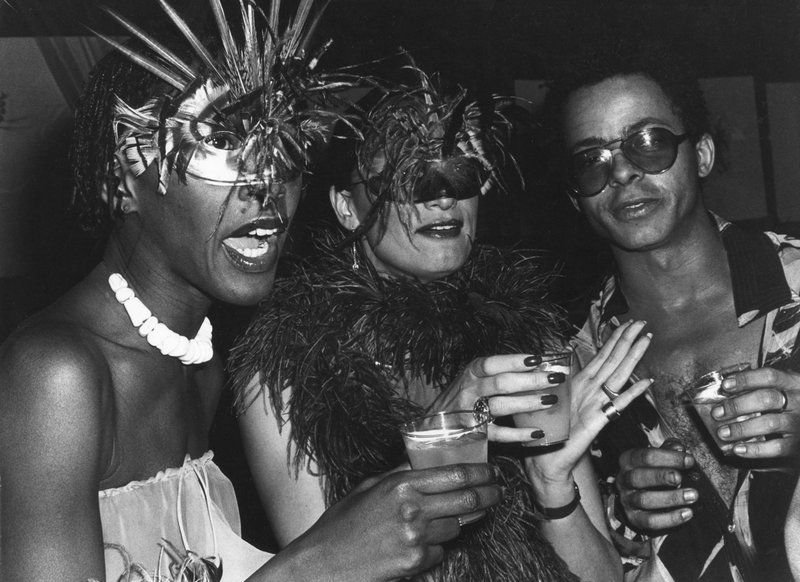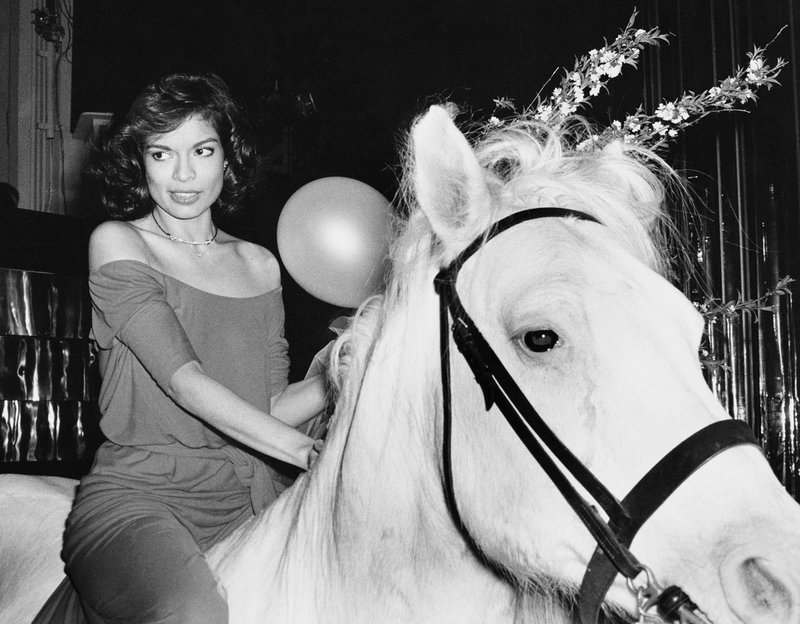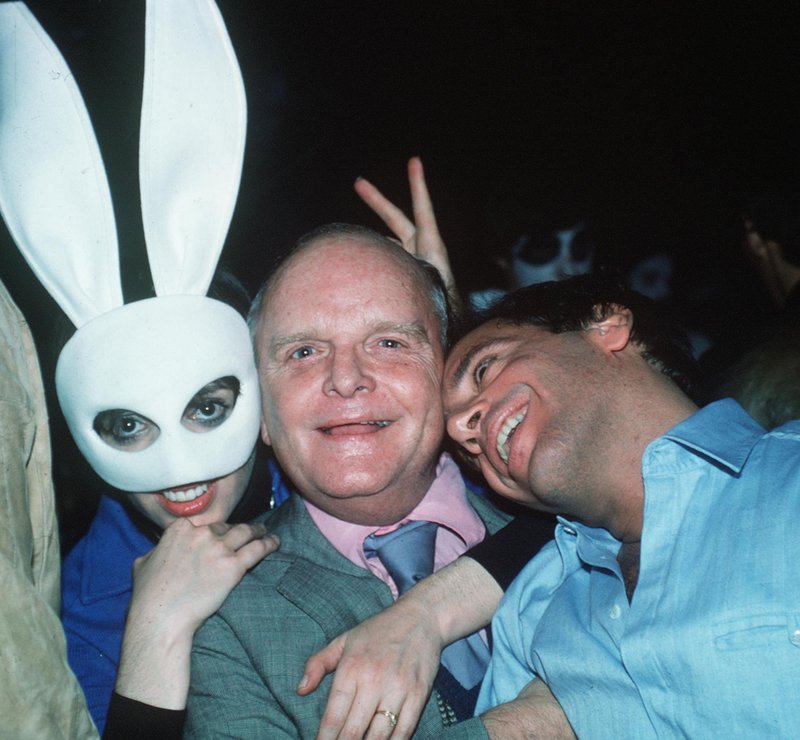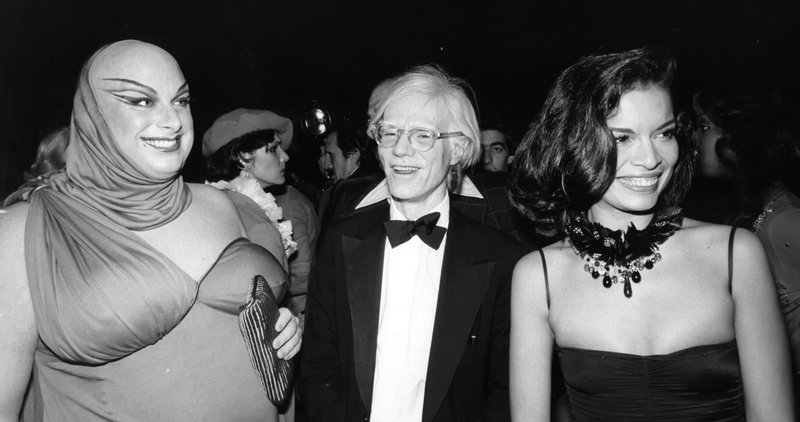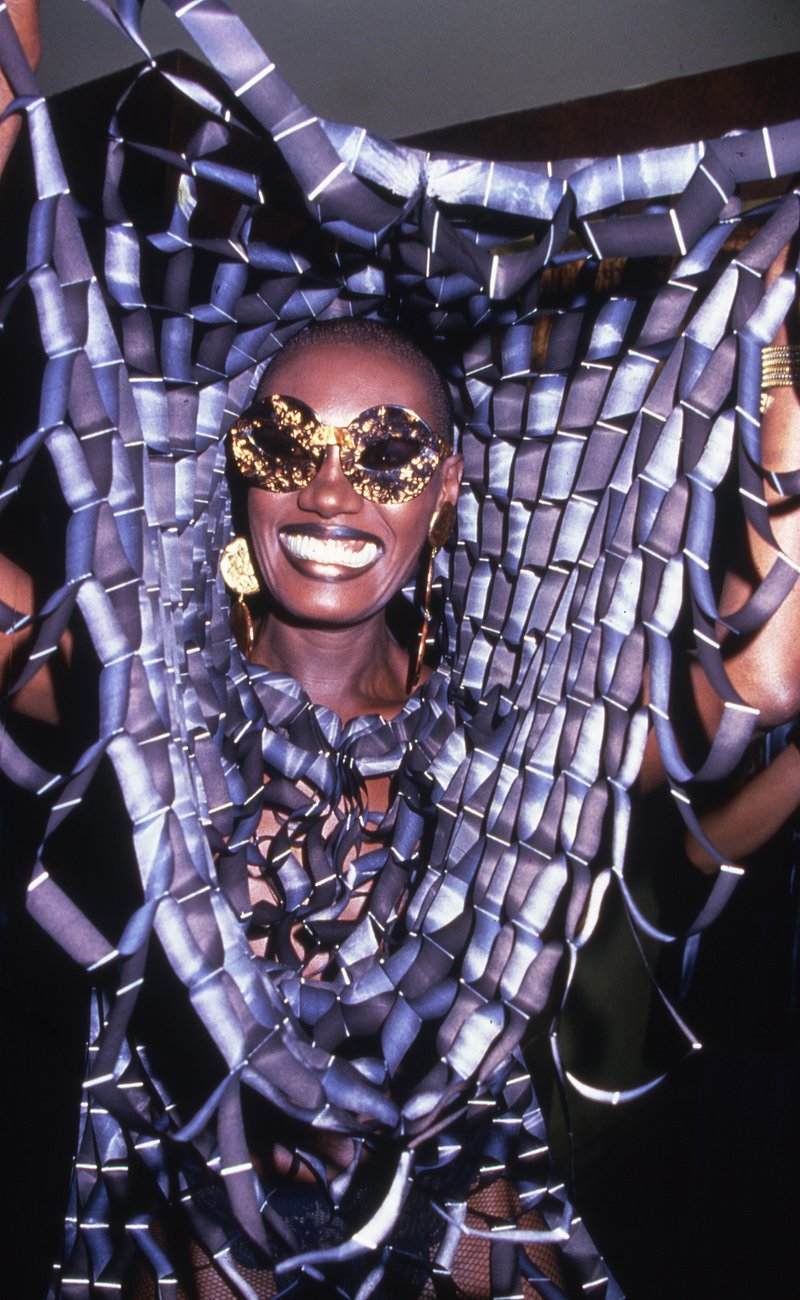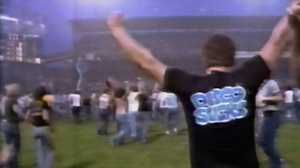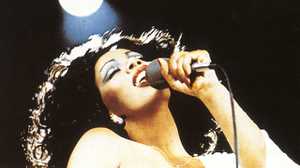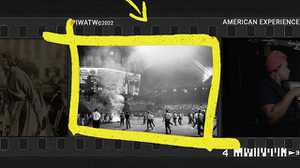A Glimpse into the Glamorous World of Studio 54
The iconic New York nightclub was a place where the elite and the outcasts danced side by side under disco’s dazzling lights.
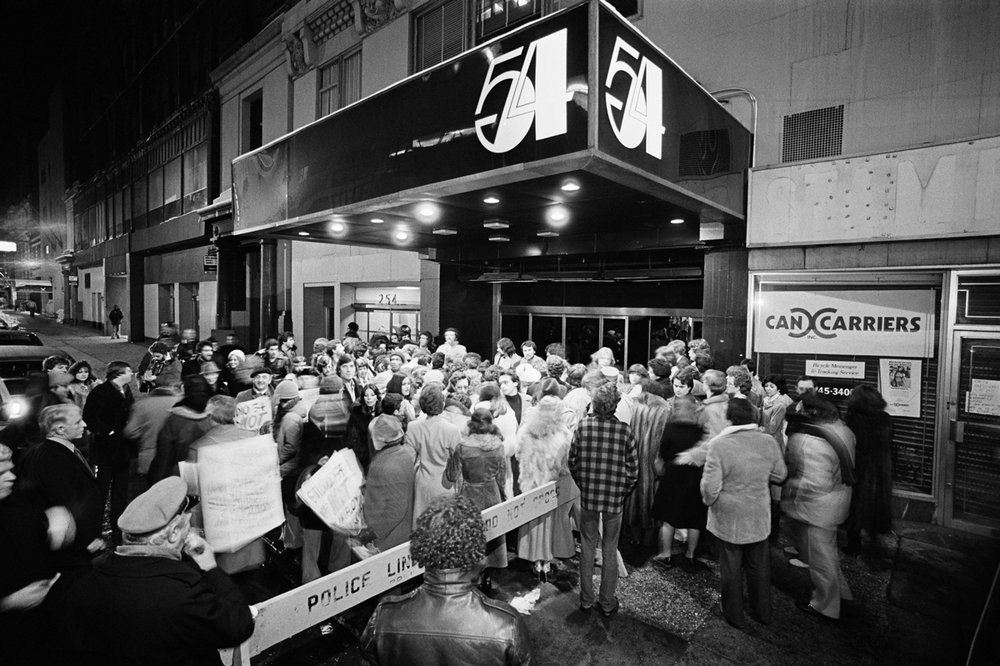
In the spring of 1977, the doors of 254 West 54th Street opened to a New York City nightclub that in its glamour and pageantry defined the disco era. Studio 54 was situated in a former opera house and television studio that had hosted CBS programs like “The Johnny Carson Show.” Under the ownership of promoters Steve Rubell and Ian Schrager, the club became known for its own theatrics. Huge moveable sets featured costumed dancers; lights pulsed all around the dance floor. Studio 54 was a place to party, but in its intermingling of art and culture, the club was a kind of performance piece in and of itself.
“Studio,” as it was called by its habitués, quickly earned a reputation for its discriminating door policy, with Rubell famously pronouncing from behind a velvet rope who was and wasn’t granted admission. Felipe Rose, a member of the original Village People, recalled the scene to American Experience. “He would say, ‘yes, no, you can stay, you can go, maybe so,’” said Rose. “His own nursery rhyme because he was having a ball doing that.”
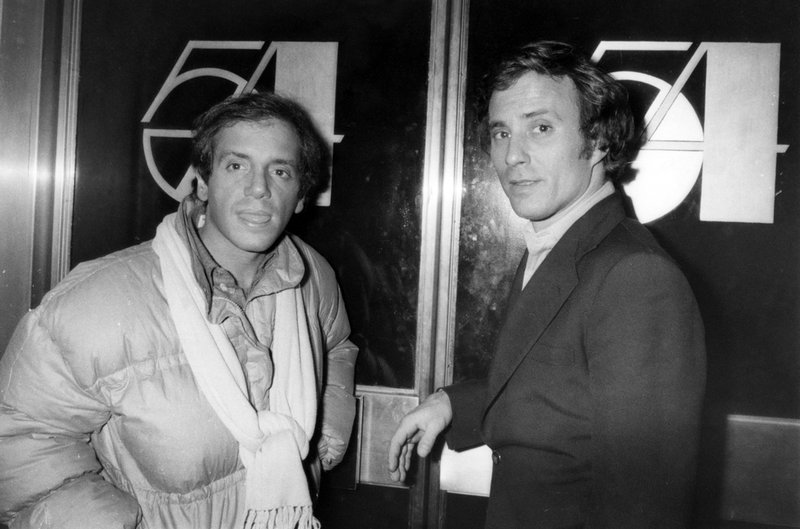
Yet as much as the club’s admissions policy only allowed in a select few, the mix of denizens drew from all walks of New York City’s life. “Studio 54 brought together a huge blanket of all types of people,” Rose said. The club offered a haven where people from diverse backgrounds, sexual orientations and gender identities could come together without judgment. Inside, celebrities like Liza Minelli, authors and artists like Andy Warhol and Truman Capote, performers like Grace Jones and drag queen Divine would dance alongside the “bridge and tunnel” contingent and “Disco Sally,” a 77-year-old retired lawyer who was known for her cocaine-fueled all-night antics. And indeed, the other well-known element of Studio 54’s reputation was its permissive atmosphere, where sex and drugs were a regular part of the experience.
Though it was only in operation for three years, the club became symbolic of the over-the-top scene surrounding disco music. At Studio 54, “you could see everything and everyone, you could be as nice and demure as you wanted to be or full of debauchery,” said Rose. But also, he added, “you could just go to dance.”
